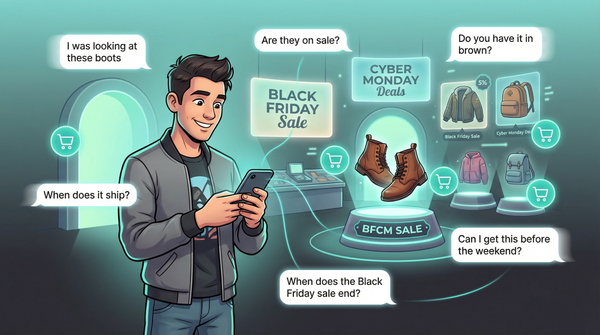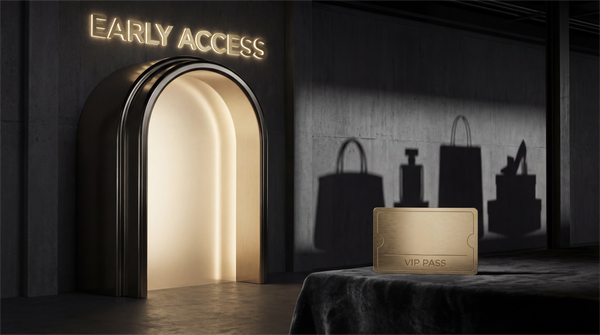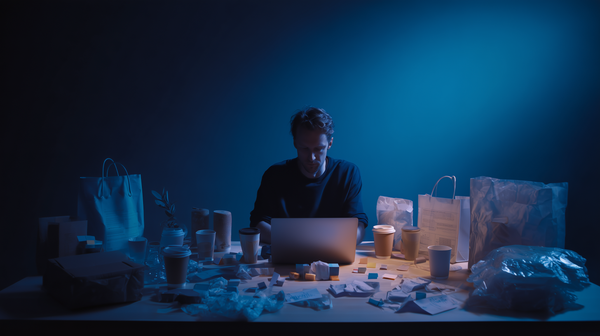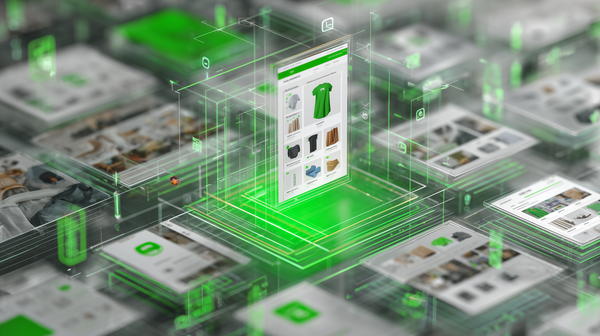Decade-Long “Overnight” Success: Shopify DTC Brands Playing the Long Game
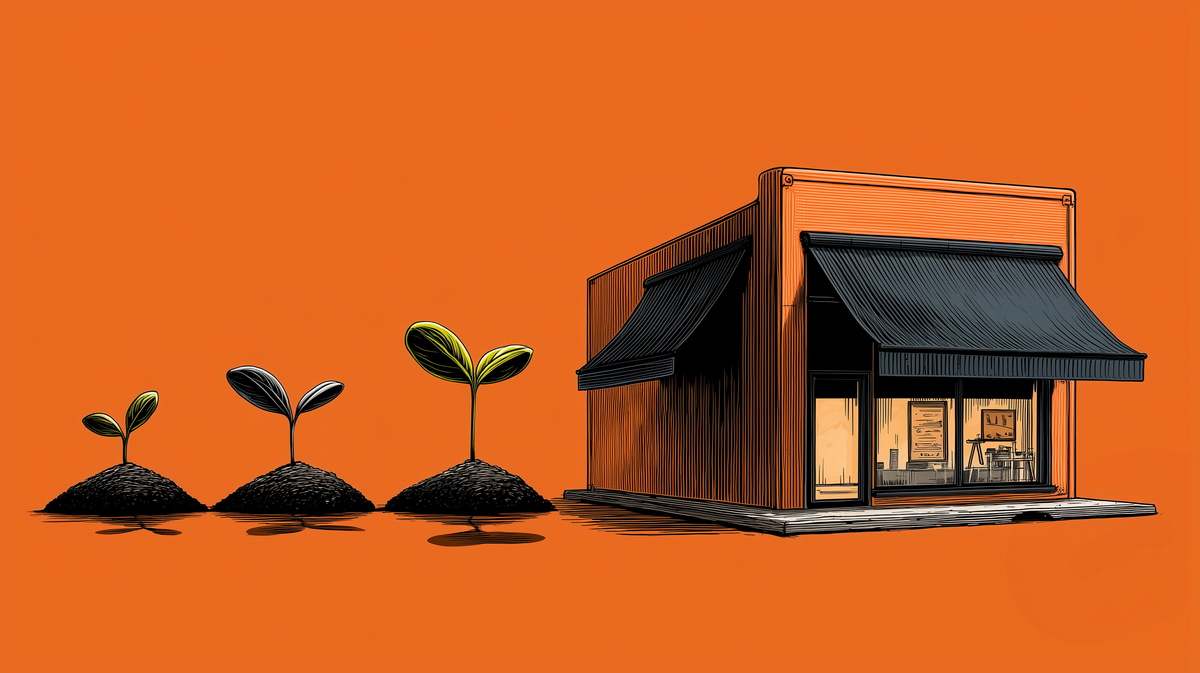
In 2025, the DTC brands making headlines aren’t new—they’re just finally getting noticed.
At a recent industry awards gala, the buzziest winners were companies like Kitsch and Dude Wipes. Not exactly fresh launches. Most were 8 to 12 years old. As one founder put it: “It takes around a decade to build something significant in consumer” (Operators Content).
That shift is real. After a decade of blitzscaling and quick exits, the most resilient Shopify brands are the ones that played the long game. They bootstrapped. They reinvested. They stayed in the game when others burned out.
Why 10 Years Isn’t a Failure—It’s the Formula
The long game works because brand momentum compounds—if you stay alive long enough to benefit from it.
Word-of-mouth, product refinement, organic content, repeat purchase behavior… it all adds up. As Simple Modern CEO Mike Beckham noted this month, most of the breakout consumer brands he met at EY’s forum had been quietly grinding for a decade (Operators Content).
Let’s look at the evidence:
- Kitsch started with handmade hair ties in 2010. Founder Cassandra Thurswell bootstrapped it for over a decade, focusing on product quality and community. By 2023, it had crossed $87M in revenue, and in 2024, Thurswell was named EY Entrepreneur of the Year (Beauty Packaging).
- Dude Wipes, launched in 2011, was considered a joke by some. Fourteen years later, it’s a $220M+ retail brand, stocked in over 25,000 stores, with major backing from PE investors (SKU).
- Siete Foods, founded in 2014, scaled quietly for a decade—and was acquired by PepsiCo for $1.2B in Q1 2025 (SKU).
These aren’t outliers. They’re the outcome of staying the course.
What Durable Brands Got Right from Day One
The brands thriving now all made similar moves early:
- They prioritized profitability. Brands like Brooklinen focused on cash flow from the jump—profitable before raising any outside money (Medium). That gave them leverage and optionality.
- They built community before chasing ROAS. As Kitsch’s founder put it: “We focused on building community, listening to customers, and creating products with purpose” (Beauty Packaging).
- They leaned into retention early. Kitsch also got tactical: using LiveRecover’s human-powered SMS recovery added $40K in first-time customer revenue in one month—with no discounting (LiveRecover).
- They scaled distribution slowly and strategically. Dude Wipes didn’t rush retail—it waited until demand was proven. Now it’s in 25,000+ locations (Retail Dive).
- They obsessed over feedback. Thrive Causemetics took years to iterate on formulas. By year 5, it was doing over $150M in revenue, driven by repeat buyers—not hype (Simon Sinek).
Year 2, Year 5, Year 10: What Progress Really Looks Like
Forget unicorn charts. Here’s what sustainable DTC benchmarks actually look like:
Year 2: You’ve got product-market fit, maybe mid-six to low-seven figures in revenue. CAC is starting to improve. Early customers love you. You’re likely still scrappy.
Year 5: You’re doing eight figures, 30–40% of revenue is from repeat customers, and you're likely breakeven or profitable. Your brand identity is defined. You’ve survived longer than 70% of eCom startups, which fail before year five (DemandSage).
Year 10: Your distribution channels are diversified. Maybe you’re crossing into nine figures. You’ve launched second or third hero SKUs. Your community runs itself. You have options: raise, sell, or keep printing profit.
Investors Finally Want What You’ve Built
The market is catching up.
The Allbirds and Caspers of the world—startups that prioritized growth over profitability—have tanked post-IPO. Allbirds is down 96% since its debut (Fast Company, Business Insider). Casper’s public valuation got slashed in half on day one, and it eventually went private at a loss (Reuters).
Meanwhile, durable brands are getting rewarded:
- Vuori, founded in 2015, scaled profitably, then raised $400M at a $4B valuation (Reuters).
- Gymshark grew for years before taking outside capital—then hit a $1B valuation.
- Spindrift, launched in 2010, just sold a majority stake after 15 years of steady growth (Operators Content).
VCs and PE firms want healthy margins and loyal customers. In 2025, that's more valuable than virality.
Every 10-Year Brand Has a Year 3 Near-Meltdown
Ask any founder who made it to year 10, and they’ll tell you about the year they nearly shut down.
- Dude Wipes was running on fumes before Shark Tank in 2015. Mark Cuban’s $300K investment gave them a lifeline—but even after that, it took another 5+ years of grinding before they hit mass retail (SKU).
- Kitsch? Cassandra Thurswell says she failed seven businesses before this one worked. By year four, she was couch-surfing while fulfilling orders herself. Ten years later, she’s built one of the largest self-funded female-owned beauty brands in the U.S., now selling in 27+ countries (Kitsch).
- Thrive Causemetics faced tragedy and a surge in growth. Founder Karissa Bodnar doubled down on mission and stayed independent. She’s now got a powerhouse brand with massive retention—and the freedom to keep it that way.
The common thread? They didn’t quit when it sucked. They iterated. They adapted. They stayed the course.
The Tortoise Is Winning
In the story of modern DTC, the tortoise is finally beating the hare.
The next wave of founders isn’t asking “how fast can we scale?” They’re asking: “Will this brand still matter in 10 years?”
They’re focusing on:
- Products that last
- Margins that make sense
- Retention-first marketing
- Owned channels, not platform dependency
- Community over commoditization
And they’re building for optionality—not obligation.
As one founder told Operators Content this month, watching 10-year brands finally get their flowers: “This is a race that’s won through persistent excellence.” (Operators Content)
They’re not chasing quick exits. They’re building something they can run for a decade—or more.
Subscribe for weekly DTC insights.
custom_author: "Corey Epstein"

